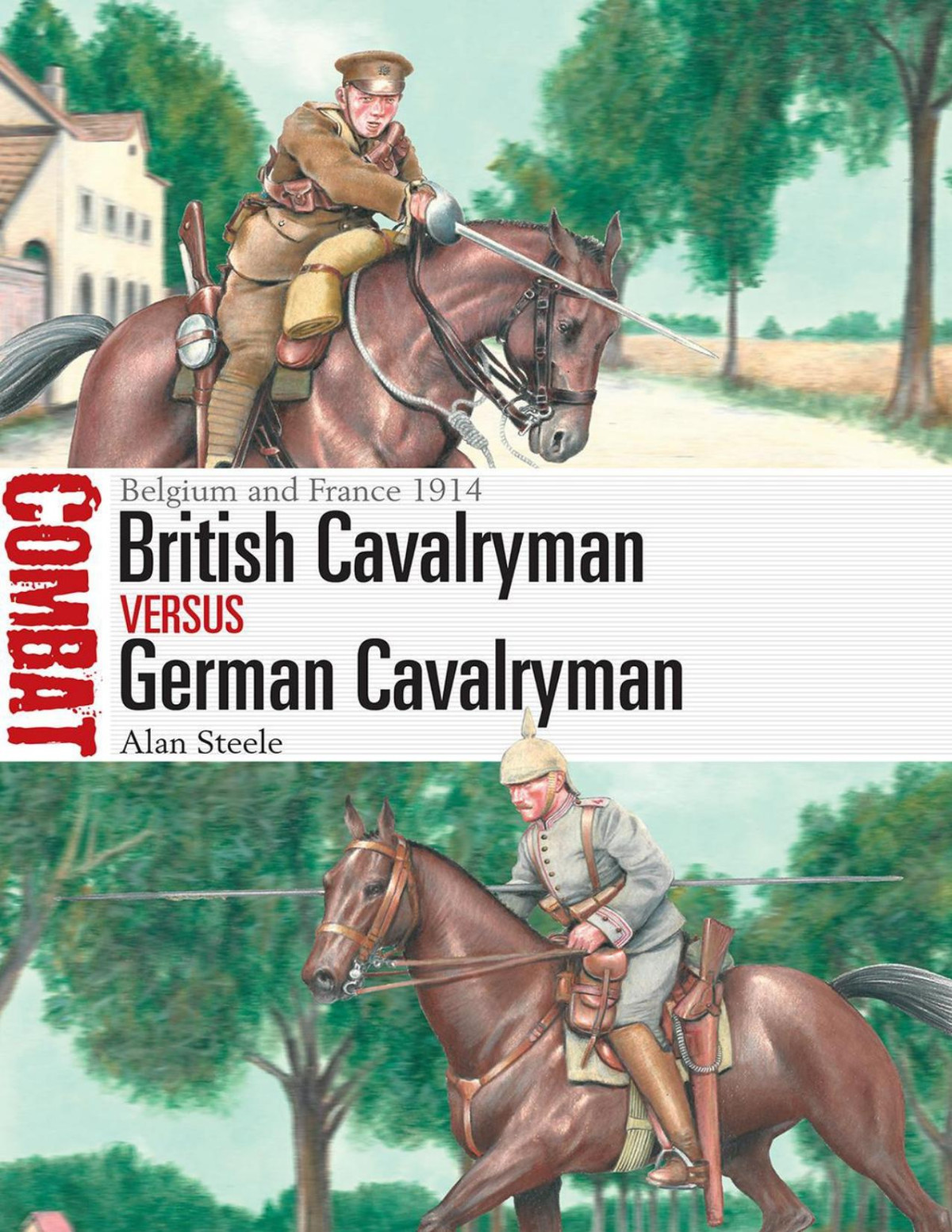

Most ebook files are in PDF format, so you can easily read them using various software such as Foxit Reader or directly on the Google Chrome browser.
Some ebook files are released by publishers in other formats such as .awz, .mobi, .epub, .fb2, etc. You may need to install specific software to read these formats on mobile/PC, such as Calibre.
Please read the tutorial at this link. https://ebooknice.com/page/post?id=faq
We offer FREE conversion to the popular formats you request; however, this may take some time. Therefore, right after payment, please email us, and we will try to provide the service as quickly as possible.
For some exceptional file formats or broken links (if any), please refrain from opening any disputes. Instead, email us first, and we will try to assist within a maximum of 6 hours.
EbookNice Team

Status:
Available4.5
9 reviewsFully illustrated, this study casts light on the utility and role of the German and British cavalry in the early stages of World War I on the Western Front.
In the early months of World War I, before the fighting degenerated into static trench warfare, there was a brief period of mobile warfare, as the German Army advanced through Belgium and northern France, forcing the French and British forces facing them to retreat. The British cavalry had the difficult task of covering the withdrawal of the British Expeditionary Force and the German cavalry, the equally demanding task, after weeks of combat and forced marches, of maintaining contact with a rapidly retiring enemy.
In this study a comparative assessment is made of each side's doctrine, organization, equipment, and training, followed by a detailed analysis of their actual performance in three key encounter actions: Casteau/Soignies (August 22), Cérizy/Moy (August 28), and Le Montcel/Frétoy (September 7). Finally, a brief conclusion highlights that both sides made very successful use of cavalry in other theaters of operations and, indeed, during the final phase of the war on the Western Front, when British and Commonwealth cavalry were once again able to demonstrate the soundness of their doctrine and training in the mobile warfare that preceded the final German collapse in 1918. =